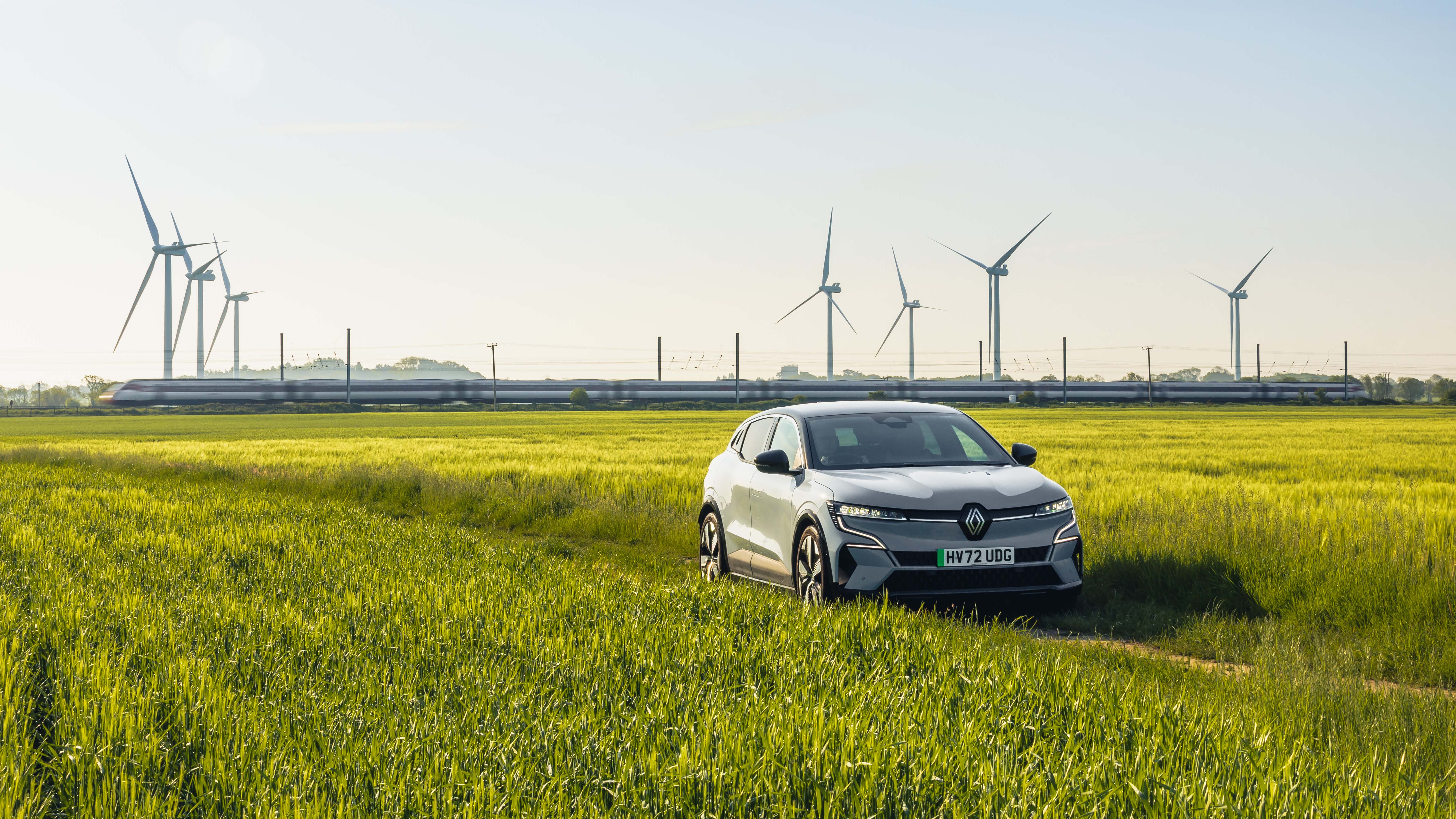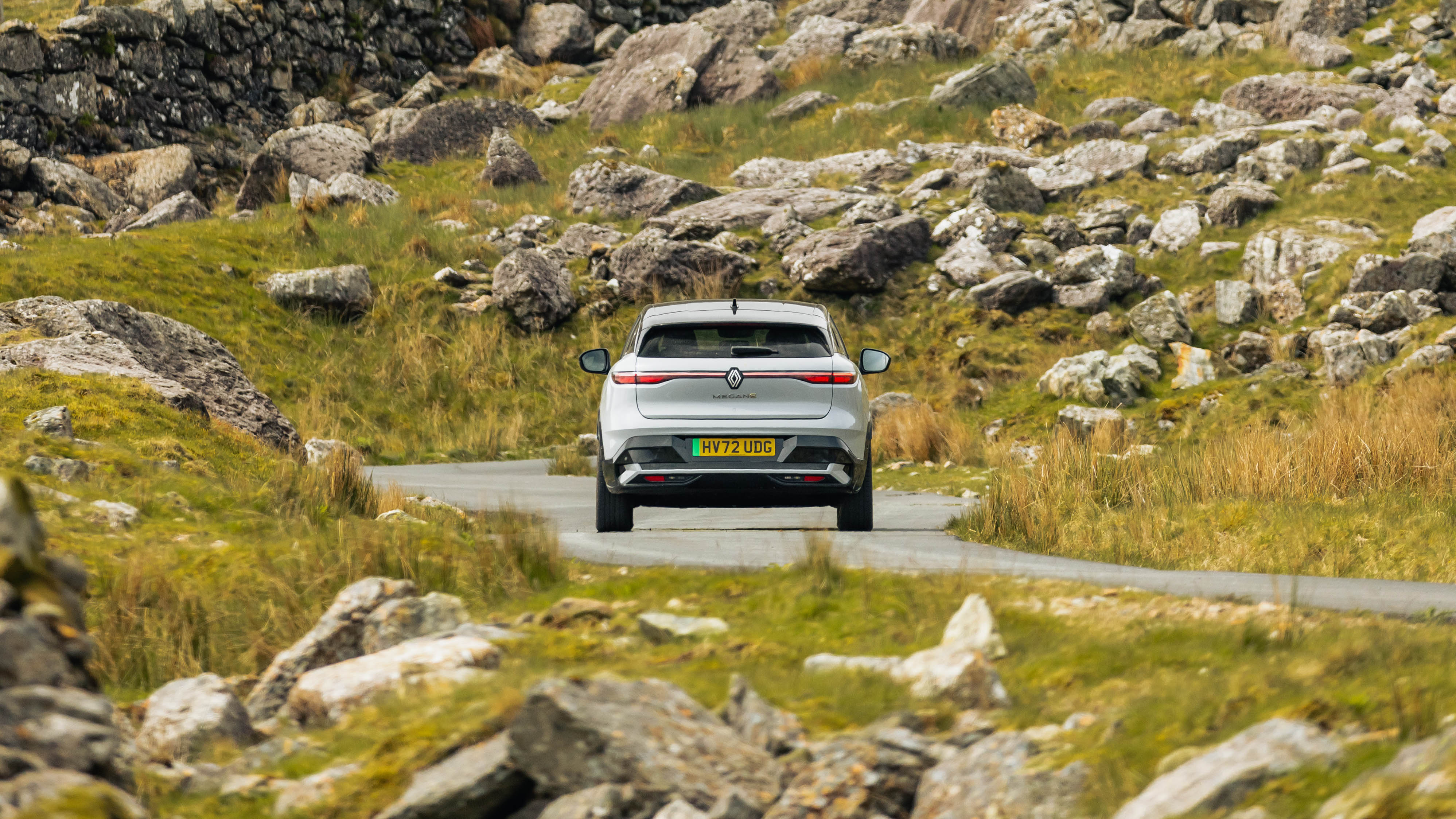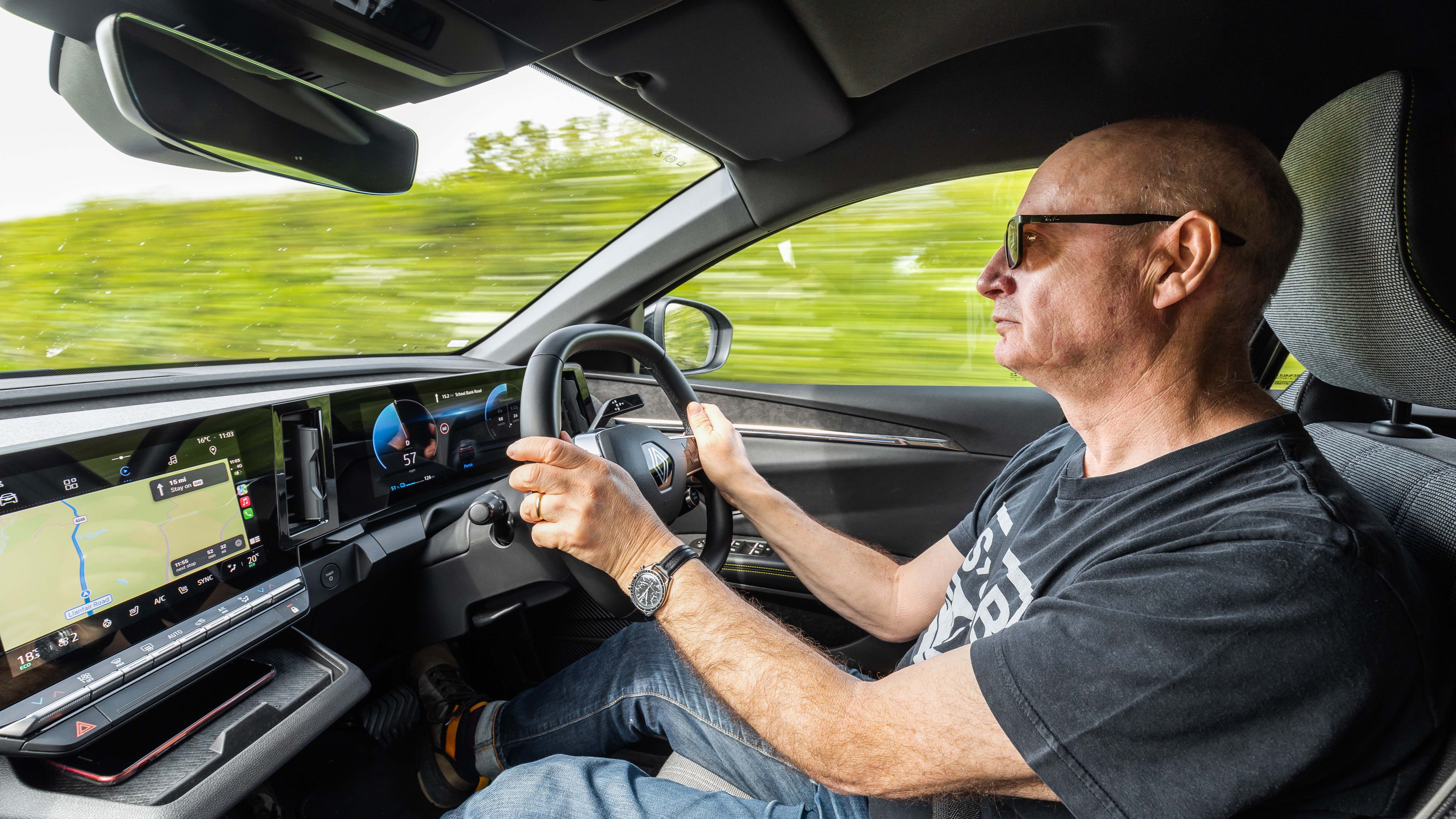
After six months living with an electric Renault Megane, here's the verdict
Well that was all pretty uneventful. Usually over the course of a half-year with a car you learn new things about it, or even about yourself. That's why we do these long-term tests. But not so much here. I liked the Megane when I first road-tested it, and was looking forward to its arrival into the Top Gear garage. I enjoyed it for mostly the same reasons, and now it's gone I miss it.
It's a fine design, outside and especially in. Inside, it's not just about quality and materials, but ergonomics including seat, screen graphics and menus. Most of all, the abundance of actual physical switches improved the day-to-day usage in comparison with cars that pile onto the screen everything they legally may. Yes, hazard and demist buttons are the law.
My kid might tell you she wanted more rear-seat room, but then I liked the Megane's compact 4.2m parkability in our tight street. If you really need more, you'll soon be able to buy a bigger related electric Renault, the next Scenic.
Someone who obsesses on range might tell you the Megane needs a bigger battery than 60kWh but I've moved away from that view. Improved spatial density of rapid chargers means the Megane's three-hour non-stop motorway compass is enough. More lithium under its floor would have needlessly used resources while adding cost and most of all weight.
For an EV it's light and felt it. It had a spring in its step. Dynamically it didn't 100 per cent match my taste – I'd have lessened the steering assistance, and maybe used a softer front ARB to improve traction and move the mid-corner balance rearward. But these are minor. Basically it was a hoot to drive.
OK, the range thing was a mild surprise. Given the 280-mile WLTP figure on 18-inch wheels, I'd expected about 220 miles' real range on these 20s. I got about that in summer. In winter it was much less, 190 mostly but as low as 160 when the car had been standing in the cold for a week. Engineers (from other car companies, so this isn't just a Renault excuse) tell me it takes a week for a battery to cool right down. Drive more often and it's less of an issue as the battery stays warm and yields more miles. Also, this was one of the first Meganes into the country and lacked the heat pump that's now standard. Watch out if you're buying one used.
Charging was straightforward. Renault's phone app let me control, record and keep an eye on it. DC charging was quickish if not blazing, doing 10-80 per cent in about 35 minutes. It could also take 22kW AC, which is more useful than I expected when you're just parked in a town for two or three hours.
Anyway, it lived in London and went north to Bolton Abbey and back in a day, 460 miles with two brief charges: in both cases the car was ready to go on before I was. Same with the time I went to the middle of Belgium, and a two-day loop taking in both Yorkshire and North Wales, and several times from London to the middle of Cornwall. I don't have a drive at home so my habit is charging on public overnight street sockets. At no point in 7000 miles was I stymied by having to wait for a charger – slow or rapid – or messed about by one not working.
Energy consumption hovered around 3.2-3.5m/kWh (battery to wheels), which is OK but not brilliant, but on the other hand the grid-to battery figures show lower losses than most rivals, so the amount of juice you have to buy per mile is competitive with other EVs.
Featured

Trending this week
- Car Review
BMW 1 Series






